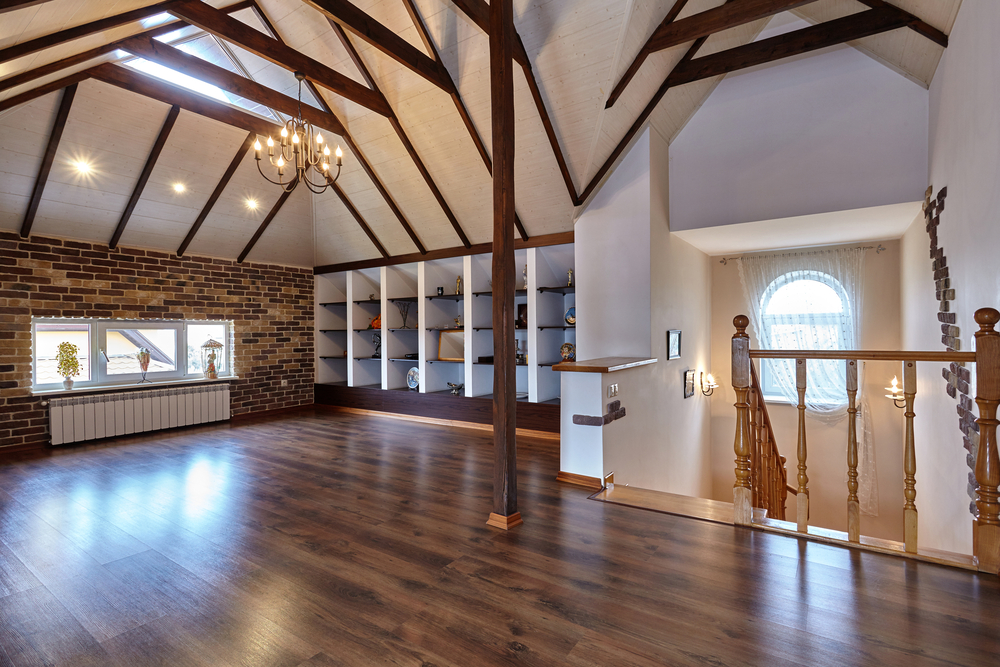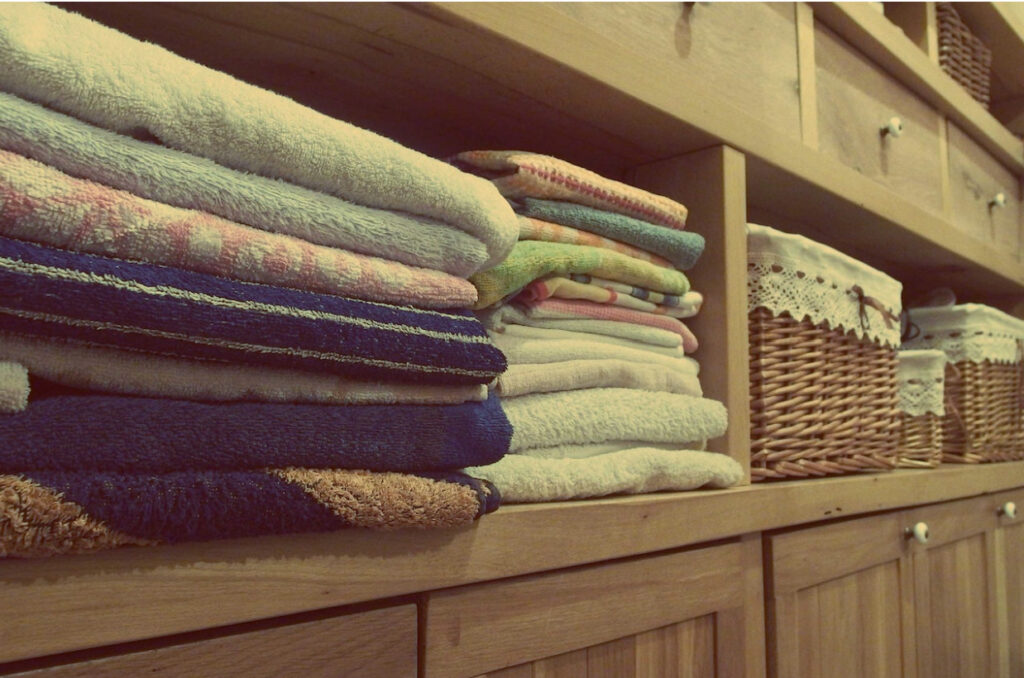A big garage or storage shed is the ideal place to store your tools, but not everyone has one; especially if they’ve just moved into their home.
Don’t worry; you can still keep your tools organized and easily accessible with some creative storage solutions.
Read More


